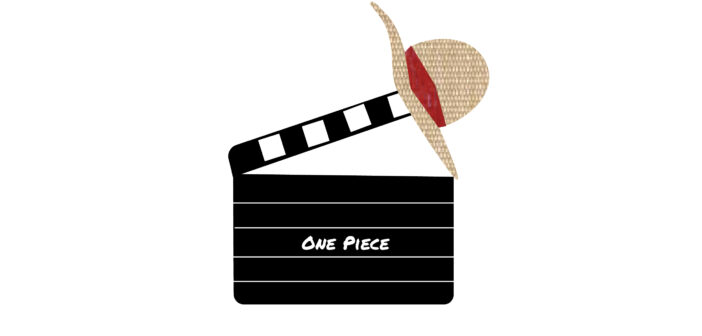The adaptation of Japanese animated media, known as “anime,” has been slowly gaining traction over the years. It has become a new way for the West to enjoy the content. This comes in spite of the biases against animation that many have. However, after the repeated failures in multiple formats, people grew to wonder if one day it would ever be successful.
That all changed on Aug. 31 of this year when the highly anticipated adaptation of “One Piece” dropped on the Netflix roster. According to an article written by Louis Chilton for The Independent, “One Piece” broke multiple Netflix records upon its release.
“In the first few days of its release, “One Piece” has risen to become the No. 1 ranked television series in 84 different countries around the world,” Louis Chilton.
This is a very impressive feat, especially for Netflix, which has a bad pattern when it comes to anime media. But why did it take this long for there to be a success story?
What is anime?
‘Anime’ is a term used for cartoons created in Japan and based on manga or comics. Over the years, its popularity has increased in Western culture. Popular 80s releases, like “Dragon Ball” and movies by Studio Ghibli such as “Spirited Away” only helped this. The same is true for shows from the 90s and early 2000s, such as “Naruto,” “Bleach,” “Yu Yu Hakusho” and, of course, “One Piece.”
However, recently, there has been an interest in bringing animated properties to life. Disney has done so with “The Lion King (2019)” and “The Little Mermaid (2023).” This is also happening with anime properties. The audiences did not receive the platforms’ decisions well. An example of this is the backlash due to the casting of Halle Bailey in “The Little Mermaid.” It also includes changes to the source, such as changing the gender or sexuality of a character, which occurred in “Beauty and The Beast (2017)“.
The backlash
The biggest backlash against a live-action anime is different from the Disney changes. It boiled down to source material changing to cater to the general audience rather than the fans. This is a problem that the “Death Note” live-action film by Netflix ran into. Tarun Kohil for Fandomwire quotes the creator of “Death Note” when discussing the backlash.
“We viewed views Light’s trajectory as ‘being sort of an Anakin Skywalker type of thing that progresses over the course of a couple of movies. Ultimately, what we did was, the original Light character from the source material is in this film. What’s happened is it’s kind of been split into the two characters. Light and Mia in this case make up the whole character. It’s really not just one or the other, ” said Adam Wingard.
This is a deviation from the source material. The character of Light is calm and collected throughout the source material and shows until the end. This is one of the changes that received backlash from fans, but it wouldn’t stop Netflix from trying again.
Further backlash
Another issue the shows ran into is that studios avoided involving the creators, which increased the odds of the project failing. This occurred for the “Cowboy Bebop” live-action that was canceled a week after its launch. This ended the show before it had barely stood on its feet. Shin’ichirô Watanabe , the creator of “Cowboy Bebop,” commented on the issue in an article by Christian Holub for Yahoo! News.
“It was clearly not Cowboy Bebop, and I realized at that point that if I wasn’t involved, it would not be Cowboy Bebop. I felt that maybe I should have done this. Although the value of the original anime is somehow far higher now,” said Watanabe.
These mistakes are what the “One Piece” live-action avoided. This has led it to its success, though there remains doubt about Netflix and its future anime live adaptation output. People now wonder if there is a strong future for these later adaptations to prosper.
The future
The true reason behind the success of the “One Piece” live-action adaptation is that the showrunners showed great care and dedication towards the source material and original creator, Eiichiro Oda. In an article for Variety, Jennifer Maas implies that though there is a writers and actors strike currently ongoing in Hollywood, there is hope for all fans of “One Piece.” Not only that, but for the future of the next releases of live-action adaptations as well, such as “Avatar: The Last Airbender.” This hopefully sets a precedent that new adaptations will get to set sail into a bright future.
“Tomorrow Studios president Becky Clements says once they’re allowed to get going again, Season 2 could launch as early as next year,” said Maas.
And it seems the wait wasn’t too long for an official confirmation. Just two weeks after its release, Netflix released a promotional video on their “One Piece” dedicated Twitter confirming the news that “One Piece” is officially renewed for a second season.
Though the writers strike prevents any show to enter production, One Piece has a bright future ahead for old and new fans alike!
Check out the trailer for “One Piece”! Out now on Netflix.

